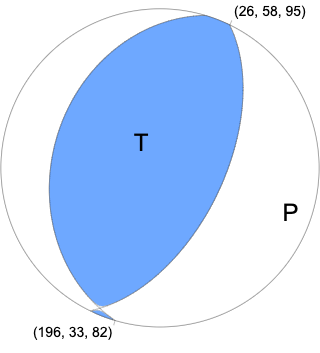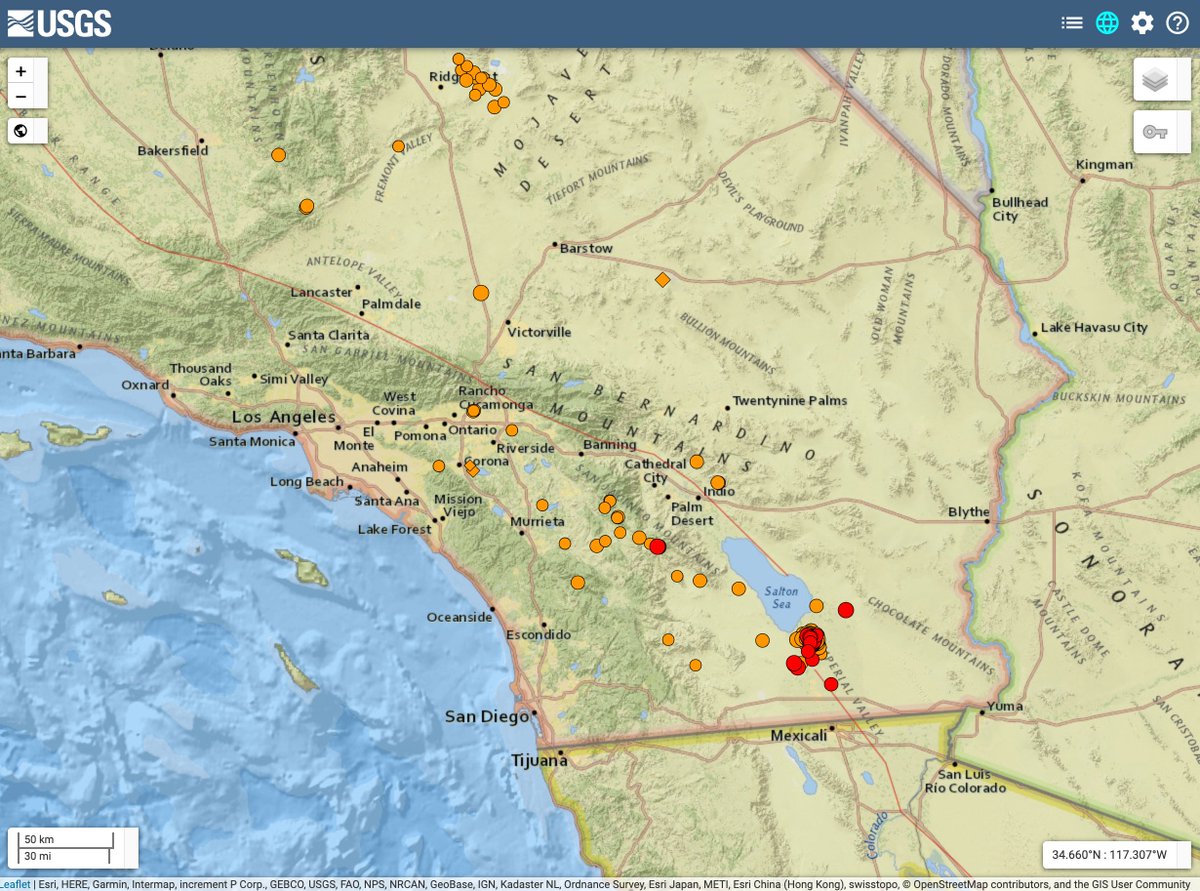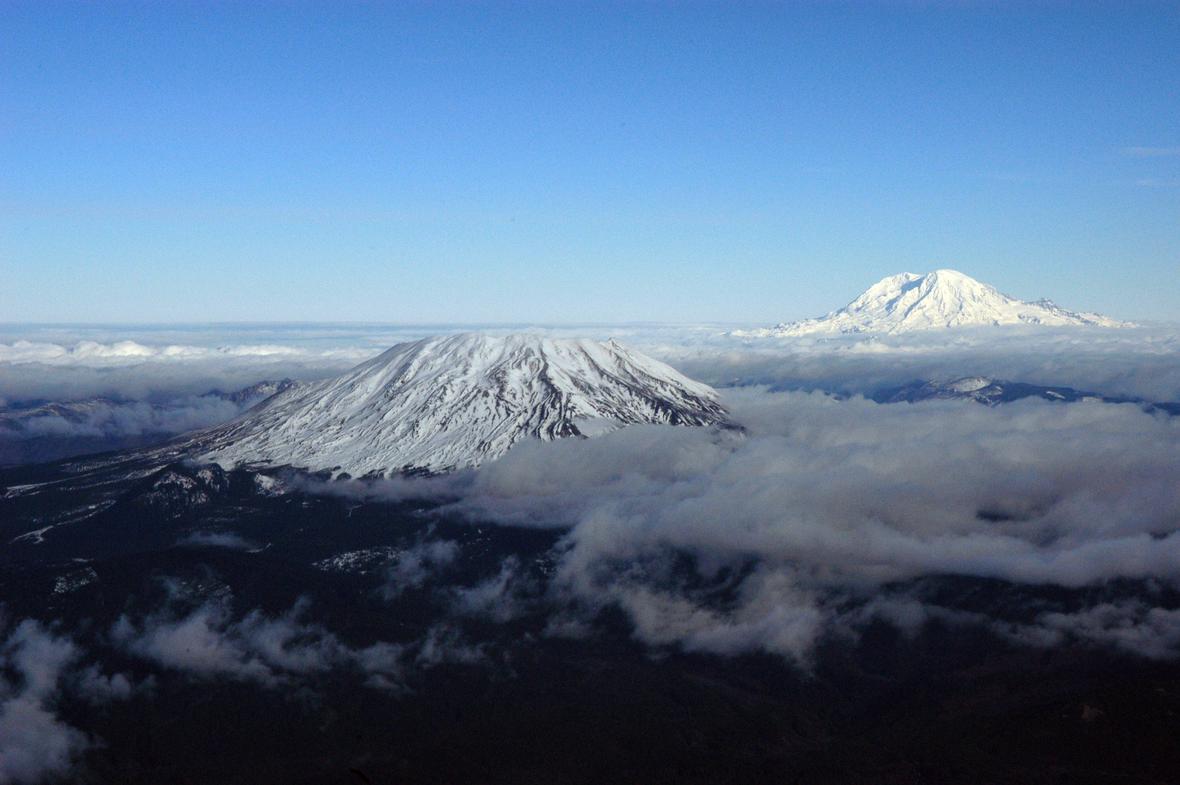
Two large earthquakes have occurred beneath the southwest Pacific today. The earlier M7.3 was strongly felt across much of New Zealand. The more recent M7.4 occurred ~4 hr later, ~900 km away. Given the large distance between them, the events are probably not directly related. 🧵 

The @USGS-determined focal mechanism and origin location for the earlier M7.3 near New Zealand suggest that the earthquake resulted from complex faulting within the subducting Pacific Plate. earthquake.usgs.gov/earthquakes/ev… 

@USGS The M7.4 much farther north along the Kermadec Trench has a focal mechanism and origin depth consistent with slip along the subduction interface between the Pacific and Australia Plates. earthquake.usgs.gov/earthquakes/ev… 

@USGS You may be asking, “are these related?” Well, stress changes from earthquakes typically extend only up to about 3 rupture-lengths away, and these earthquakes are more like 10 rupture lengths apart! They’re unlikely to be related—large earthquakes in this region are common.
@USGS The latest (third) large earthquake--a M8.1-- *is* directly related to the M7.4 in nearly the same location just under 2 hours before. Both of those occurred on the subduction interface between Pacific and Australia plates.
https://twitter.com/USGS_Quakes/status/1367565517926502401
• • •
Missing some Tweet in this thread? You can try to
force a refresh













